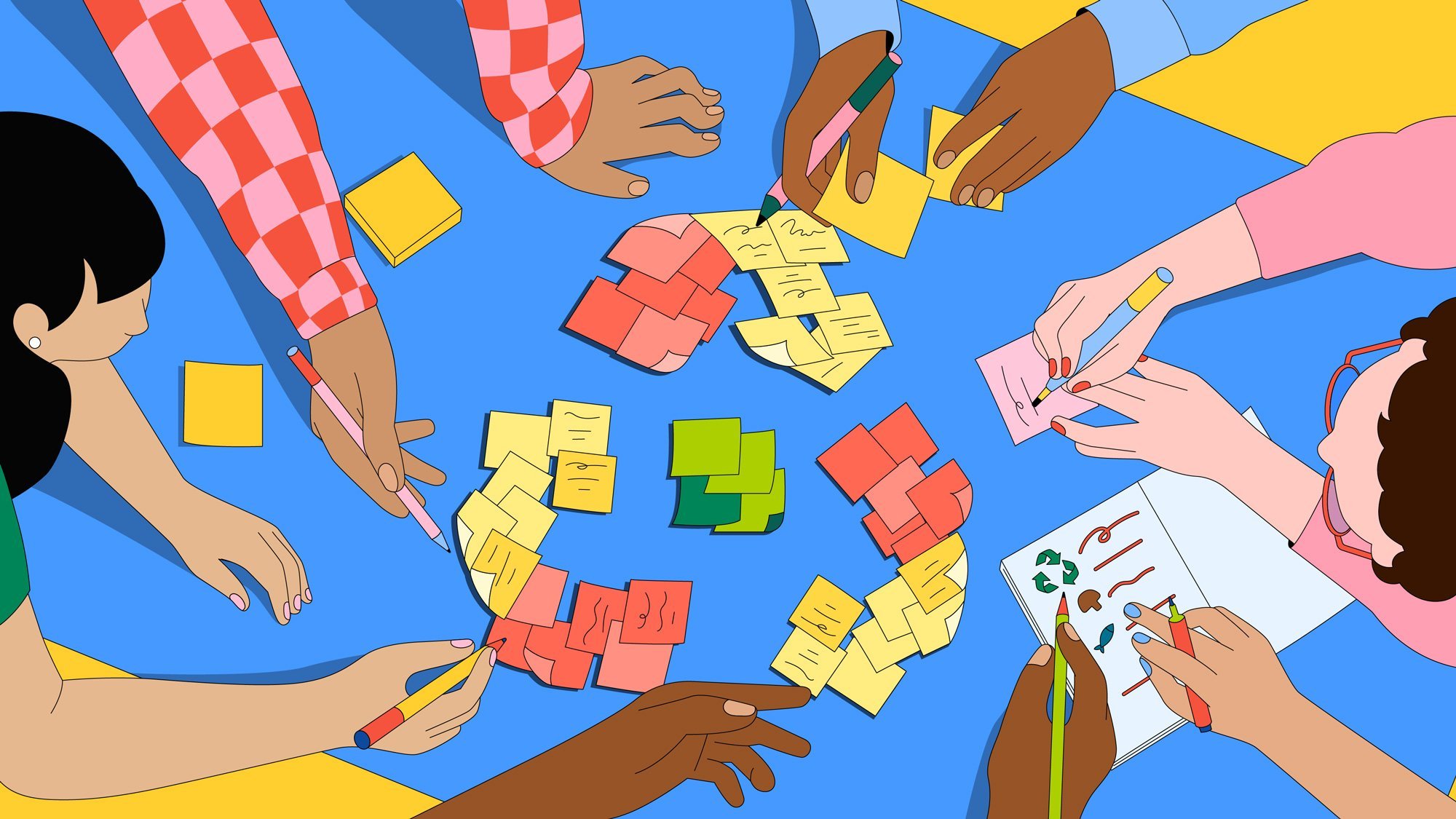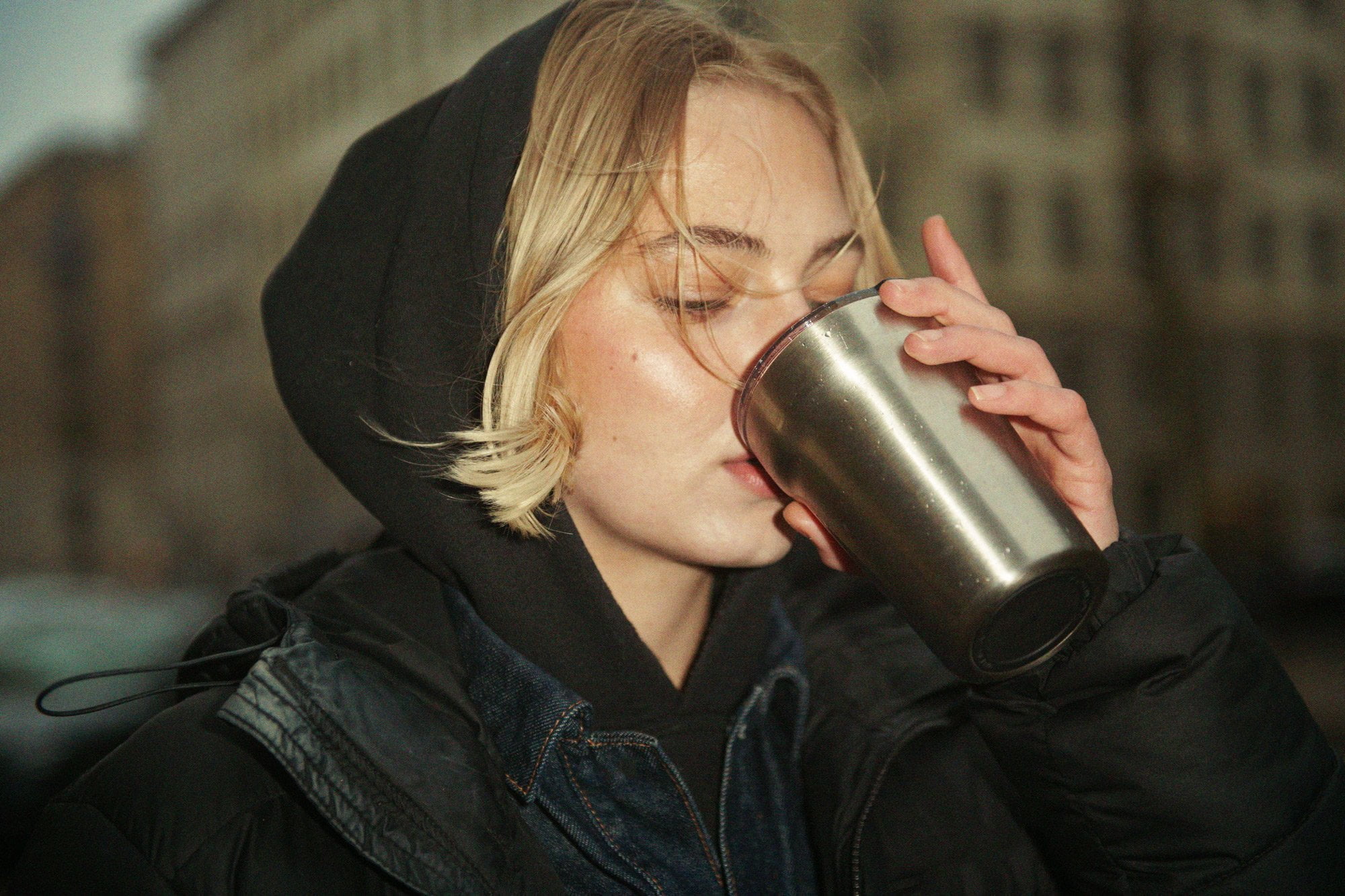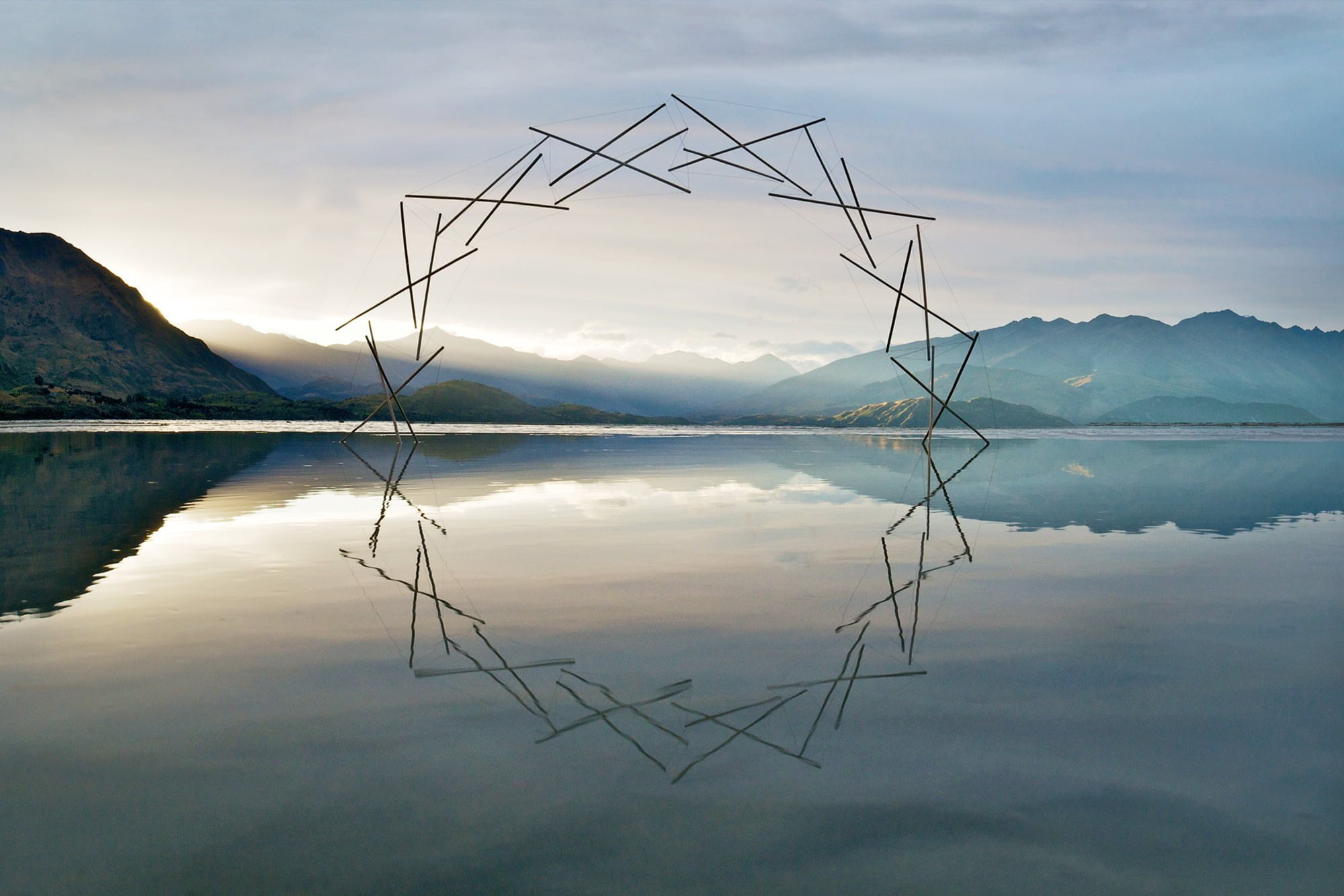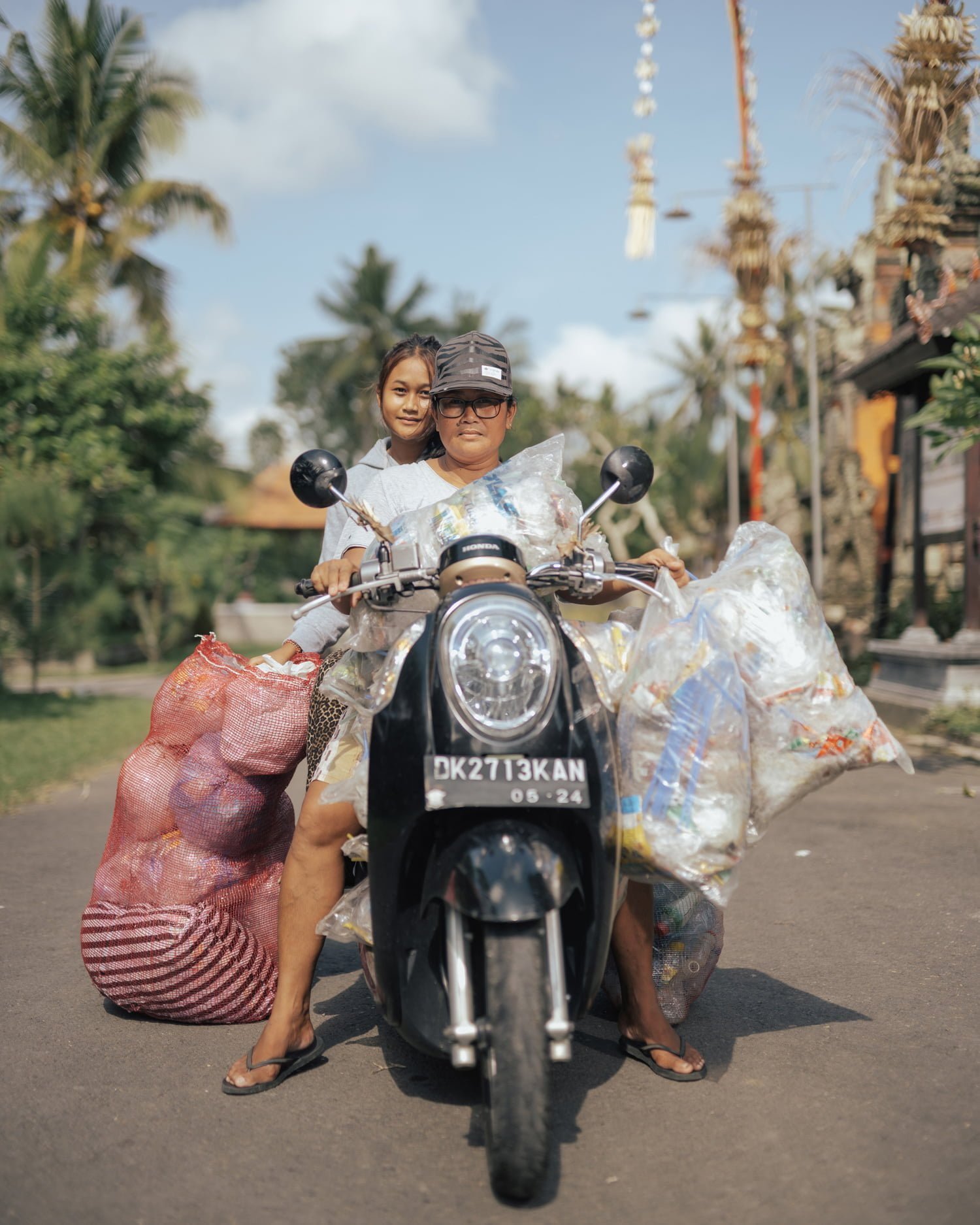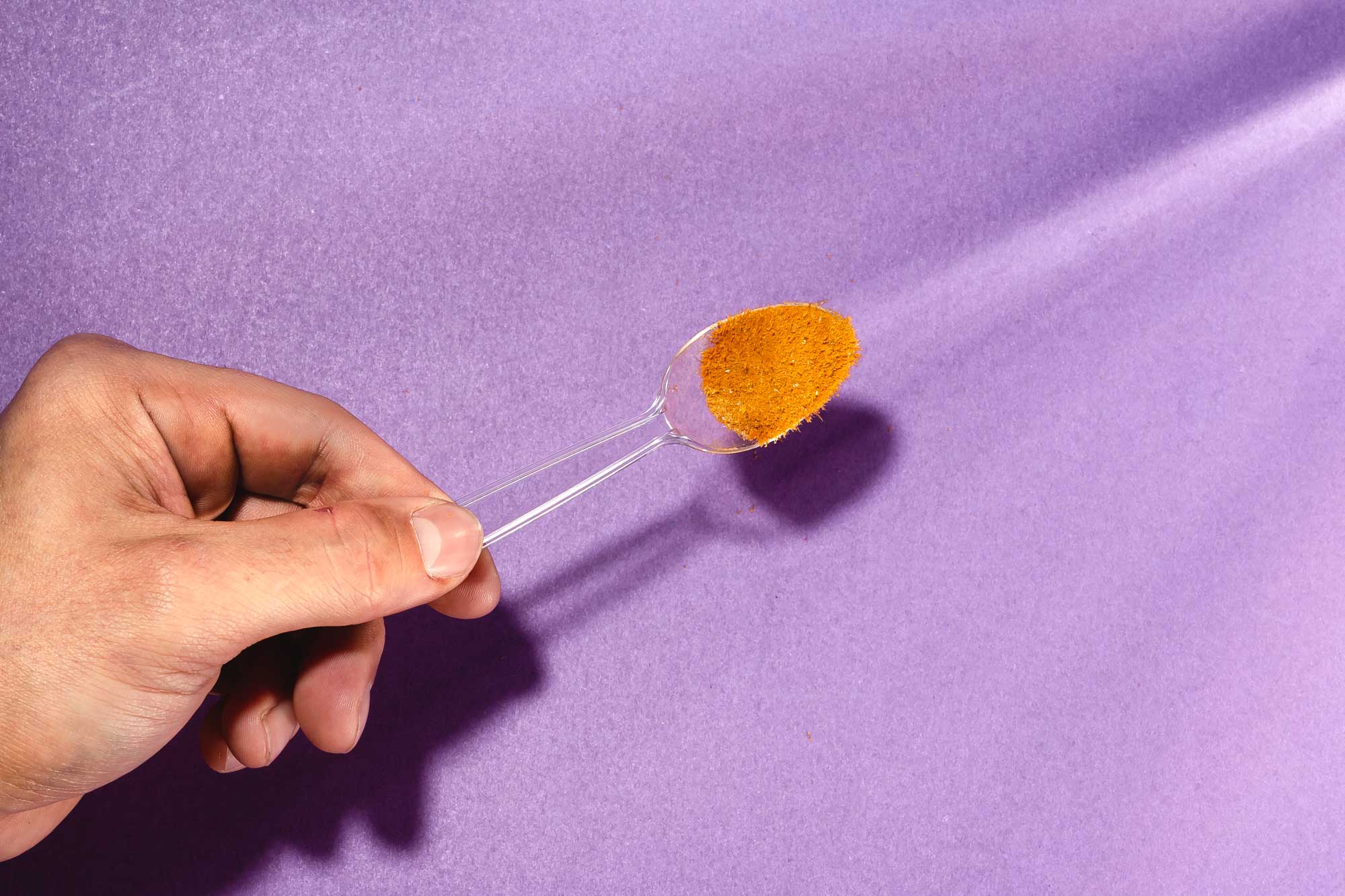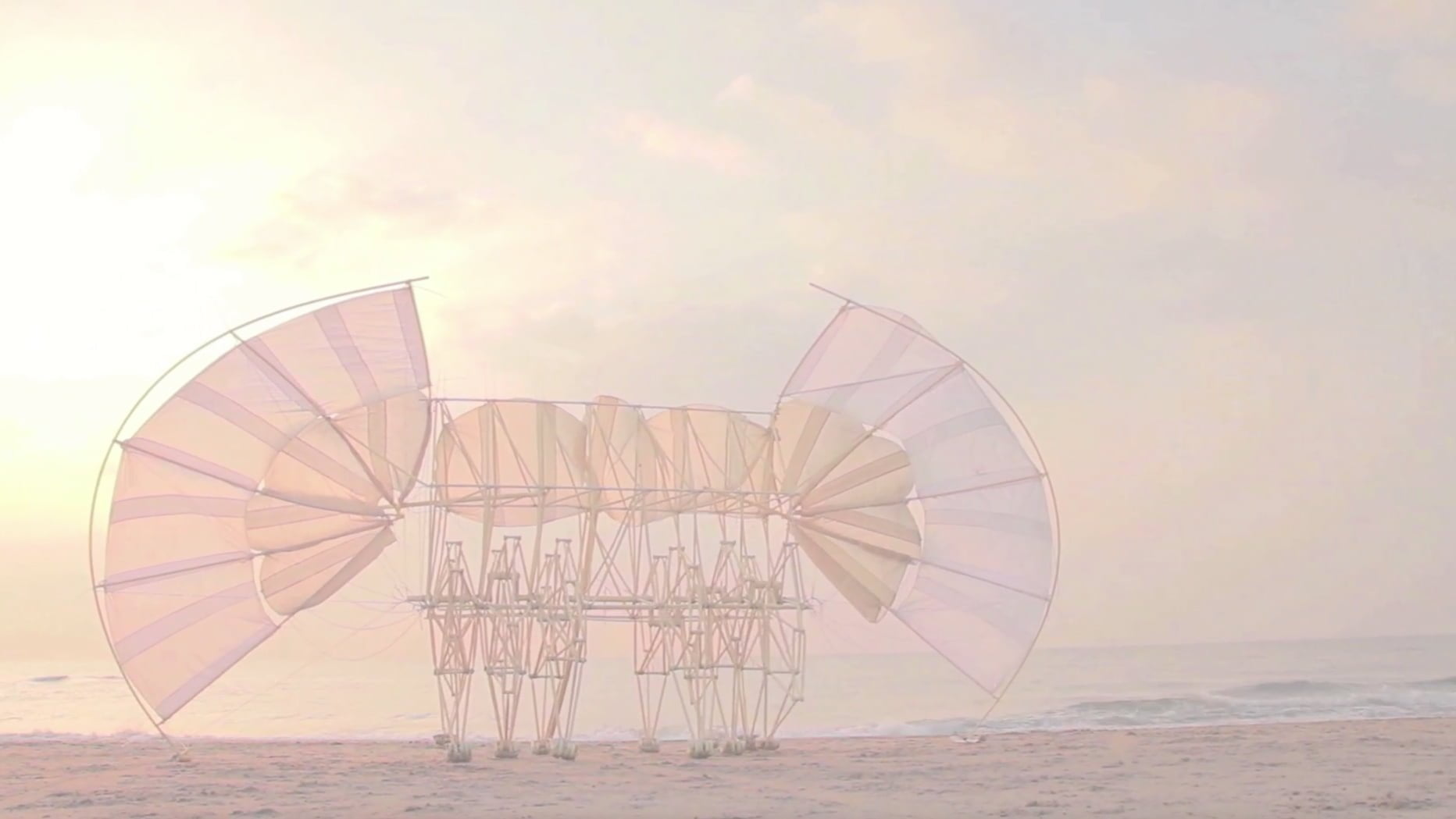Time is of the essence when it comes to establishing a circular model that ensures the wellbeing of people, industry and planet. Luckily there’s a plethora of brilliant minds and businesses out there with innovative solutions. Here are just 10.
1. Mushrooms to the rescue
Healthy on the plate, essential for ecosystems and positive for the planet overall, it’s safe to say that mushrooms are magic. But as well as being hailed as sustainable superfoods, mushrooms are gaining traction in other fields of the circular economy, from packaging and building materials to textiles and healthcare products. And the main name behind these innovations is Ecovative Design.
This US-based company uses mycelium (the root system of mushrooms) to create environmentally-friendly alternatives to plastics, Styrofoam, leather, and more. Designed to break down naturally after use, their Mushroom Packaging has the protective properties of polystyrene without the polluting properties of plastic and has just two ingredients: mycelium and hemp hurd (a by-product of the hemp fibre industry). The mycelium branches through the hemp hurd, binding it together into a solid, lightweight material that is fire and water-resistant, stays shelf-stable indefinitely in dry indoor conditions, or composts fully in 45 days. Like we said: magic.
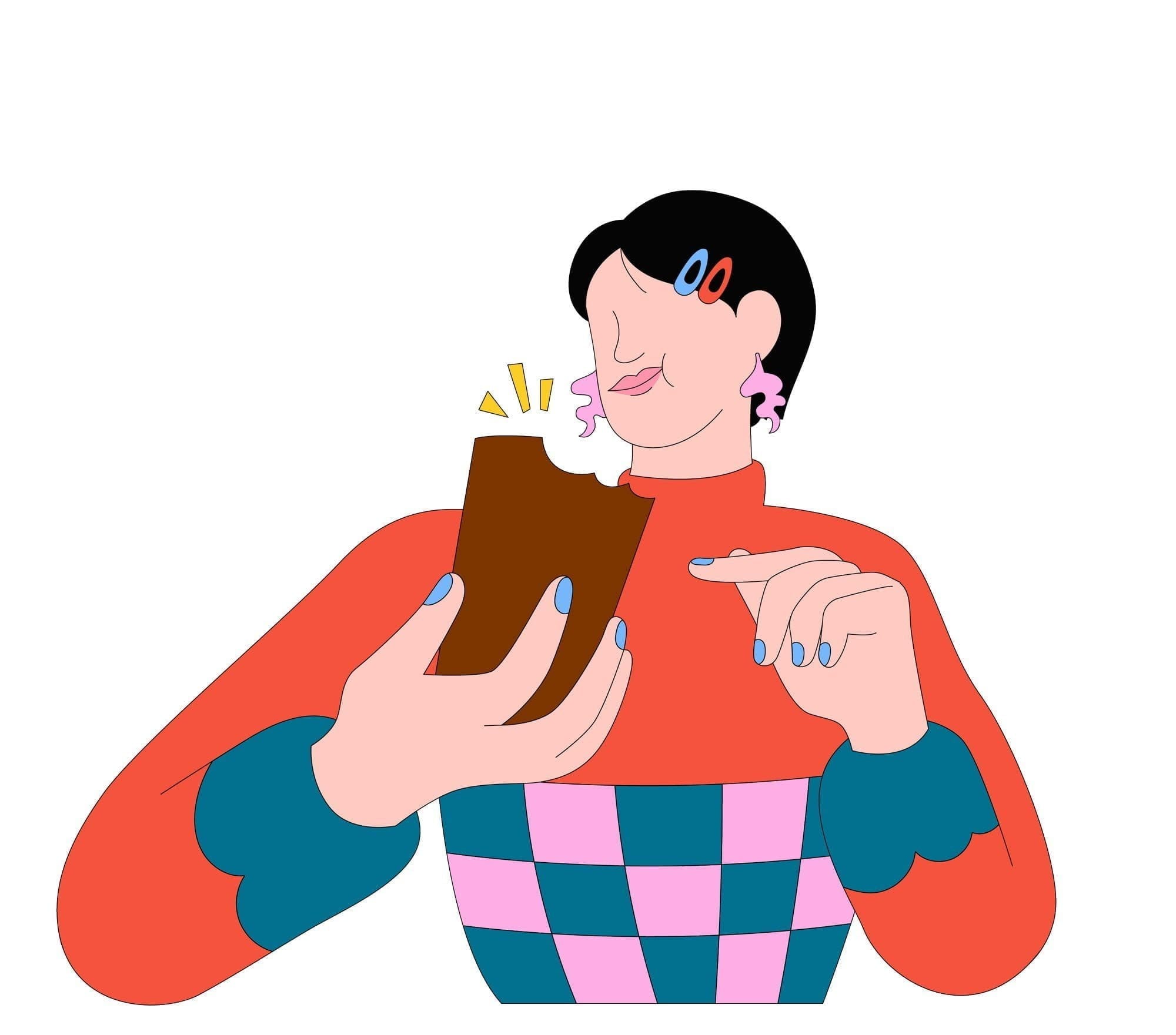
2. Coffee with crunch
From construction company to coffee cups: not your average career move, but that’s the atypical path Miroslav Zapryanov, founder and CEO of Cupffee, took back in 2014. Troubled by the huge disposable cup waste he saw on building sites, Zapryanov decided to address the problem. And address it he has. By creating a cup that’s made entirely of natural ingredients. Which means there are two eco-friendly ways to get rid of it when you’re done: chuck it into a non-recyclable or organic bin and it’ll decompose in days (or become compost). Or tuck into it. Yes, you read right: as Cupffee’s cups are made from grain cereal, they’re 100% edible and vegan.
What’s more, they keep liquids hot, don’t alter the coffee’s taste, and remain crunchy for 40 minutes so you don’t have to worry about that ‘dunked biscuit wilt’. And with leftover materials becoming ingredients for other edible products, the production process doesn’t generate any industrial waste either. Cheers to that.
3. Skincare from leftovers
Applying food waste to your face in the name of beauty might seem like a contradiction in terms (and not the most appealing of notions either), but the interest of using these by-products as raw materials in the cosmetics and beauty industries is rising worldwide. One such company to embrace this (and with great success) is UpCircle.
Founded by siblings Anna and William Brightman, this skincare brand has grown from a single face-scrub made from repurposed coffee grounds to a business at the forefront of the by-product beauty movement in the space of just four years. Their product portfolio now uses a variety of repurposed ingredients, such as repurposed chai spices, powdered fruit and olive stones, upcycled bark extract, and by-product fruit waters from the juicing industry. And when it comes to their packaging, it’s 100% recyclable or you can take advantage of their Return, Refill, Reuse scheme (and a 20% discount to boot).
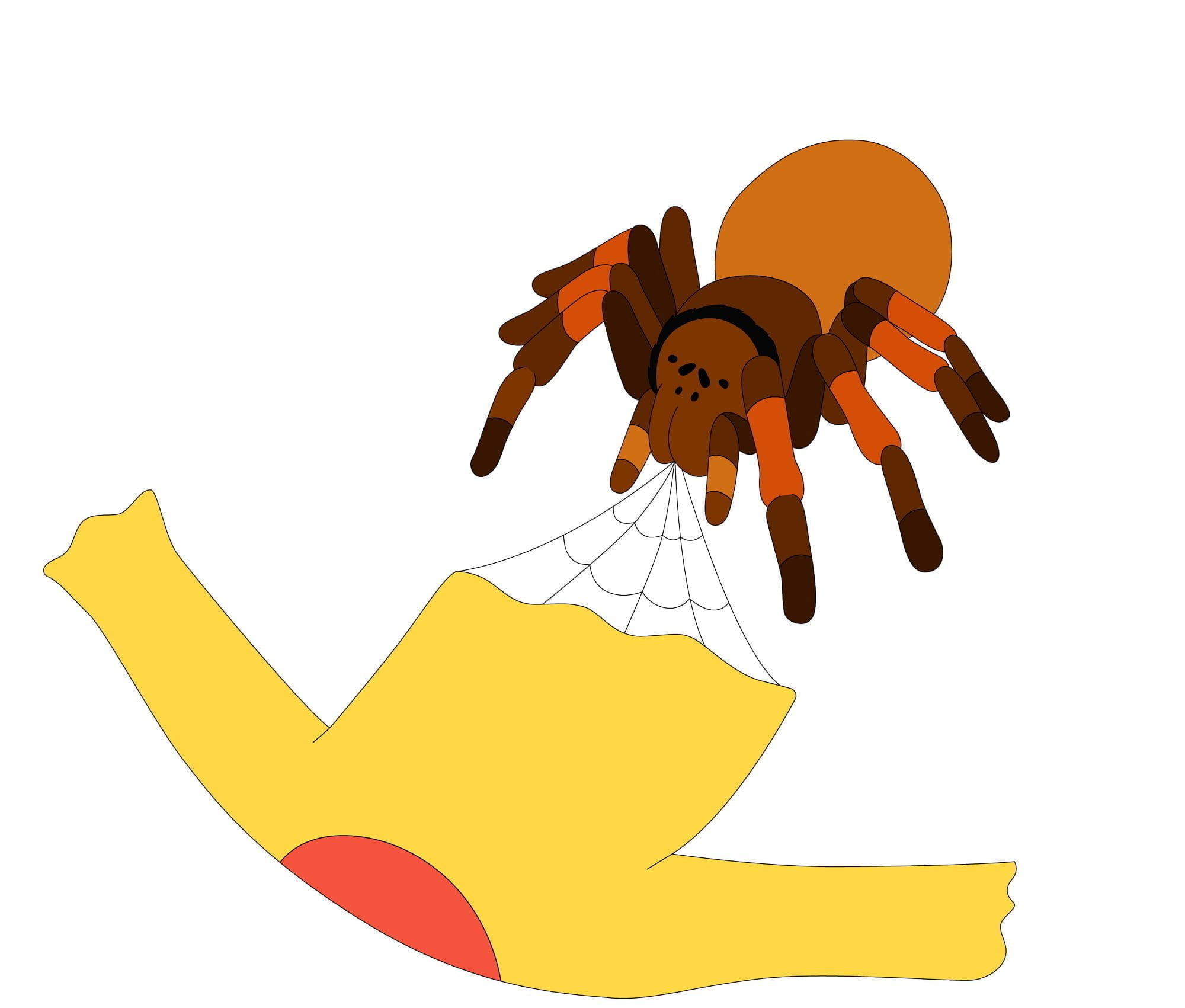
4. Silk reimagined
This one sounds like it could have come right out of the pages of Spider-Man… with the fashion industry having to take some seriously major steps down the sustainability path, one company doing its part to help is Spintex. Turning to nature for inspiration for new textiles, Spintex has developed a unique technology for producing silk artificially by mimicking a spider’s spinning capabilities. Spun from a liquid protein gel (and no harsh chemicals), Spintex provides a truly sustainable and biodegradable option for textile fibre production.
The process is 1,000 times more energy efficient than equivalent plastic fibres, and unlike plastic-based textiles, it doesn’t contaminate rivers and oceans, breaking down into microplastics. Also important: water is the only by-product (compared to cotton, which requires approx. 10,000 litres/kg to produce). Not only can Spintex’s fibres be used for fashion textiles, but their high-performance also enables them to be used as biocompatible medical textiles. A true superhero in our eyes.
5. A 3D-printed village
When it comes to architecture, exciting advances include using natural building materials, ‘reversible architecture’ that allows buildings to be deconstructed and their components reused, and 3D-printing. The latter is being used by Valentino Gareri Atelier architects in its Cacao Eco Village in Ecuador as a creative circular solution to the environmental impact of the cacao industry and concrete, which causes up to 8% of global CO2 emissions.
Designed for chocolate manufacturer Muze and NPO Avanti, and due to be built later this year, the village’s architectural design incorporates five principles: Modular (extendable, replicable and adaptable to different sites, opening up opportunities for a network of such villages); Functional (it’ll operate as a chocolate factory, education and research centre, conscious tourism destination, and comes complete with co-living and co-working spaces for local farmers); Sustainable (it’ll be self-sufficient, with rainwater collection, solar energy, natural ventilation and be built from local materials such 3D-printed structures made of cacao shell waste); Connected (to the local community and traditions); and Tech-enabled.

6. Fruit waste into leather
From one luxury fabric to another: leather. In creating this fancy material, we harm animals, pollute the environment and damage our planet. But most vegan alternatives aren’t quite the answer either because they’re made from non-biodegradable, synthetic materials like PU or PVC, which are sourced from fossil fuels and contain harmful chemicals. So what is the answer? Fruit, for one. Creating leather from these not only addresses the environmental issue, it also addresses our global food-waste crisis as it uses the inedible parts as well as fruit that has seen better days.
It’s not a new concept, but it’s one that’s being embraced by more and more companies, from manufacturers to designers and brands. Rotterdam design duo Fruitleather, for example, are producing mango leather sheets, while British company Ananas Anam have Piñatex made from pineapple leaves. And US-based brand Allegorie upcycles discarded fruit from shops and juice factories to create sustainably-stylish bags and accessories.
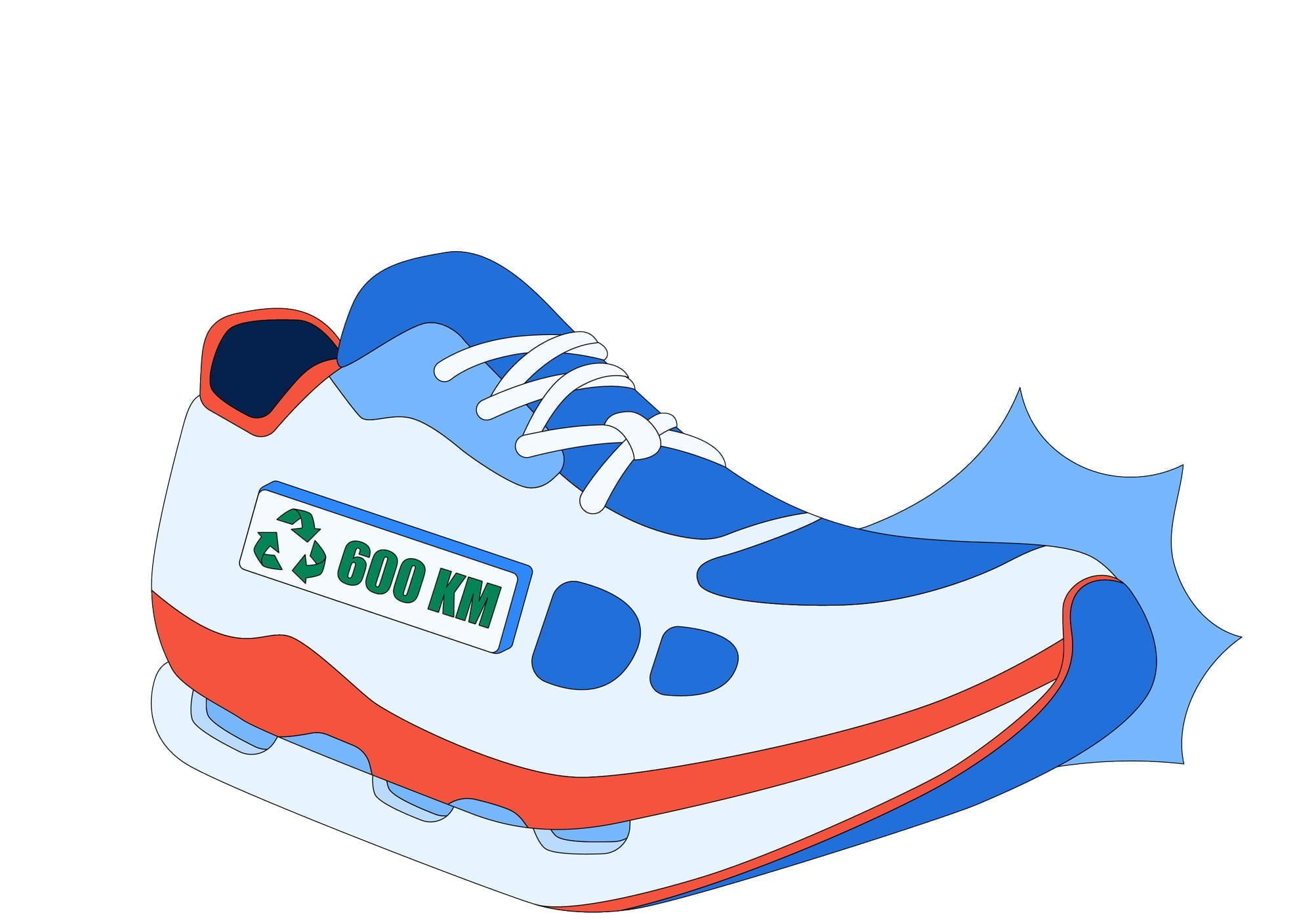
7. The running shoe you’ll never own
Leave the days of throwing your run-into-the-ground running shoes in the bin (or clothes bank) behind and sign up for On Running’s Cyclon subscription. This way, you’ll be signing up to a novel recycling programme in which you receive a pair of new running shoes, run in them until you can’t run in them anymore (about 600km or 6 months), and then request a new pair.
When your new shoes arrive, you just pop the old ones in the bag and send them back. And because they’re made from castor beans, 100% of each shoe can then be (re)used as raw materials. So while you’re clocking up the miles in your new shoes, On Running are reincarnating the old ones. And that’s the beautiful Cyclon cycle: You run, you request, you return, they recycle. Then repeat.
8. The fairest and smartest phone e-v-e-r
Next time you’re in the market for a new phone, check out Fairphone before turning to the usual suspects. Founded with the aim of being as ecological and ethical as can be, it offers smartphones that are sustainable, durable and conflict-free. While it’s not possible to manufacture a phone that’s 100% fair right now, Fairphone uses recycled, recyclable and responsibly-sourced materials wherever possible, minimum packaging and ensures fair working conditions along its supply chain.
And, in a bid to address the world’s e-waste problem, the certified B Corp focuses on repairs too, with a modular design that lets the end user replace or upgrade a component when and if needs be. So instead of having to dispose of the whole phone, you can buy spare parts from Fairphone and take advantage of their repair tutorials to keep your device going for as long as possible.
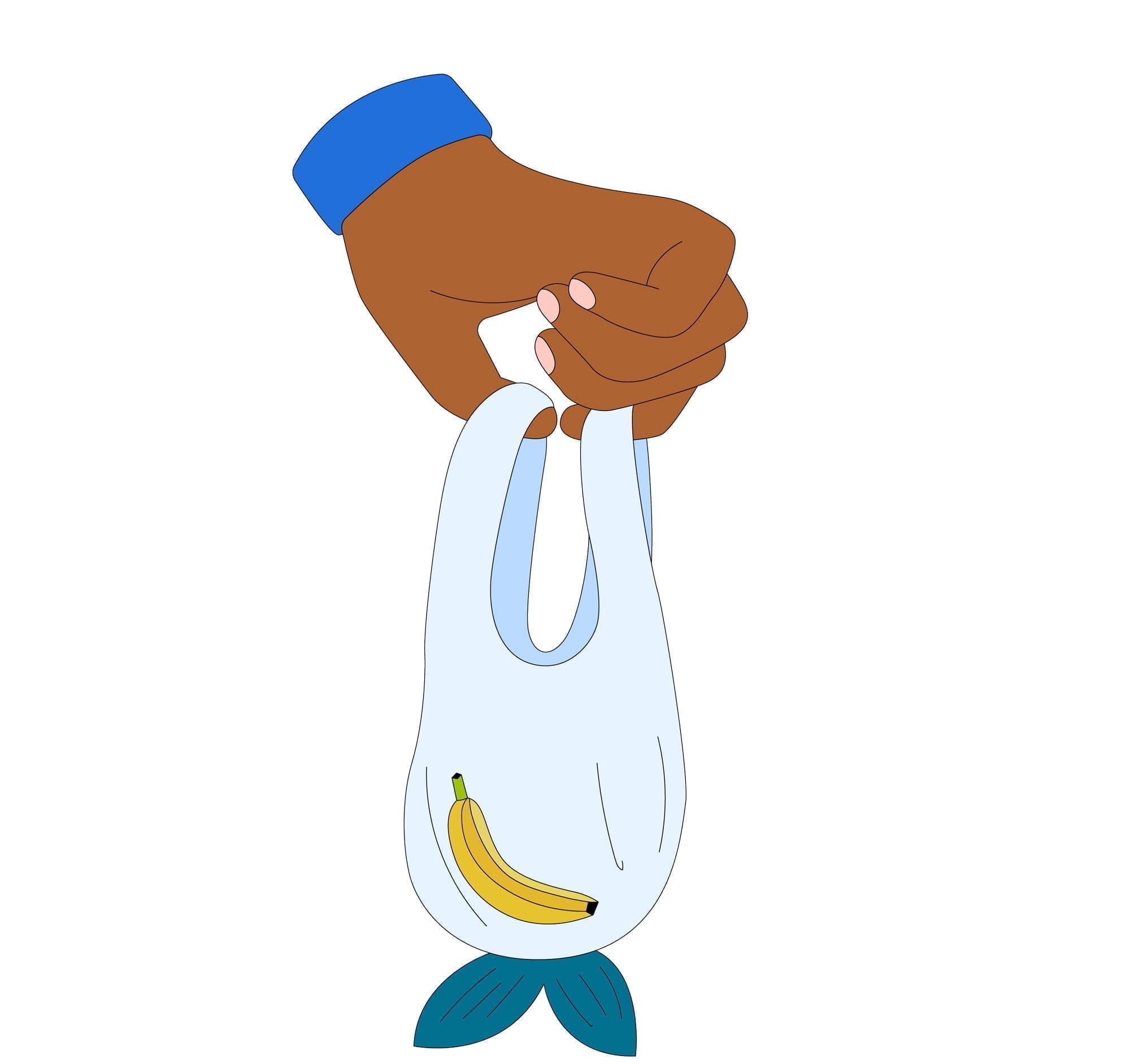
9. Plastic made from fish
Another innovation that is helping tackle the food-waste problem, among others, is bioplastic made from fish waste. It seems that the oceans that have suffered from our plastic usage for so long now hold the fix. Two promising initiatives investigating this are UK-based Lucy Hughes, who developed her plastic alternative MarinaTex while studying product design, and scientists from the Memorial University of Newfoundland (MUN), Canada, who are converting fish-waste oil into a polyurethane-like polymer.
Hughes’ biodegradable, compostable fish-plastic only uses waste from processing plants that are part of the Sustainable Seafood Coalition and, due to its strength, flexibility and transparency, could replace things such as plastic bags, wrap, straws and more. While the scientists from MUN are also studying how their alternative could be used in products such as packaging or clothing. The added beauty of this bioplastic is that, in addition to it being easily biodegradable, it doesn’t require the growing of new crops such as grain – currently a common base for bioplastic.
10. Better batteries
While there’s no doubt electric vehicles are way better than their gas-guzzling counterparts, they do have an environmental setback of their own: their batteries. In addition to the negative impact creating the lithium batteries has because of the raw materials they require, they also leave a negative legacy as we’re currently facing an estimated 12 million tons of battery waste by 2030.
The problem is that, because they are glued or welded together, they can’t easily be repurposed. Which is where Aceleron steps in. This award-winning UK start-up has designed a modular battery pack that uses compression to keep the components together, making it easier to disassemble the battery for repairs, upgrades, recycling or repurposing and thus extending its life by years. And with reliable power at several different voltages, the batteries can power a range of things, from motorhomes and electric all-terrain vehicles to remote telecoms stations. So bring on the electric revolution.
What is circularity?
What does going circular mean? How can we get there as a society, as a business, as an individual? The Ellen McArthur Foundation is a leading science-based non-profit thinktank exploring next steps forward.
Dive inIdeas and innovation
Sun, wind, water
